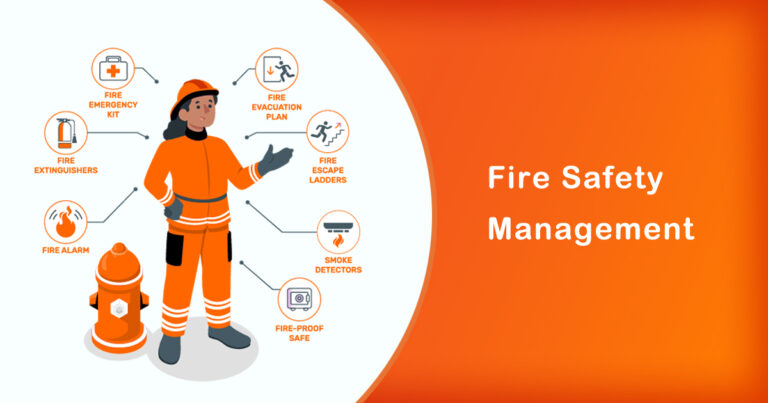Introduction
Airports are some of the most heavily trafficked locations in the world, with millions of passengers and employees moving through them every year. With so much activity and so many potential sources of fire, it’s critical that airports have effective fire suppression systems in place to prevent and control fires. In this blog post, we’ll discuss the importance of fire suppression systems at airports and highlight some past incidents where a lack of such systems led to fires.
The importance of fire suppression systems at airports:
Fire suppression systems are designed to detect and extinguish fires automatically, helping to minimize damage and prevent the spread of fire. In an airport setting, these systems are particularly important due to the potential for large fires to quickly grow and spread.
Here are some of the key reasons why fire suppression systems are so important at airports:
- Quick response: Fire suppression systems can detect and respond to fires quickly, often before they have a chance to grow and spread. This can help to prevent significant damage and protect lives.
- Effective extinguishing: Fire suppression systems are designed to effectively extinguish fires, minimizing damage and preventing fires from re-igniting.
- Comprehensive coverage: Fire suppression systems can be designed to cover a wide variety of areas and materials, including aircraft, hangars, fuel storage, and more.
- Compliance with regulations: Many airports are required by local or national regulations to have fire suppression systems in place, making them a necessary component of fire safety and compliance.
Past incidents where a lack of fire suppression systems led to fires:
- TWA Flight 800 (1996): The crash of TWA Flight 800 at JFK Airport was caused by an explosion in the center fuel tank. A lack of fire suppression systems in the tank allowed the fire to grow and ultimately lead to the loss of the aircraft and all 230 passengers and crew.
- Düsseldorf Airport fire (1996): A fire broke out in the terminal building at Düsseldorf Airport, causing significant damage and leading to the loss of 17 lives. The fire was exacerbated by a lack of fire suppression systems, as well as inadequate fire safety training for airport personnel.
- Cairo Airport fire (2011): A fire broke out in the arrivals hall of Cairo International Airport, causing significant damage and leading to the evacuation of passengers and staff. The fire was exacerbated by a lack of fire suppression systems in the hall, as well as a delay in the response time of firefighters.
Conclusion:
The importance of fire suppression systems at airports cannot be overstated. These systems are critical to preventing and controlling fires, and can help to protect lives and minimize damage. Past incidents have shown that a lack of fire suppression systems can have devastating consequences, making it all the more important for airports to have effective systems in place. By investing in fire suppression systems and ensuring their proper maintenance and operation, airports can help to keep their personnel and passengers safe and secure.








